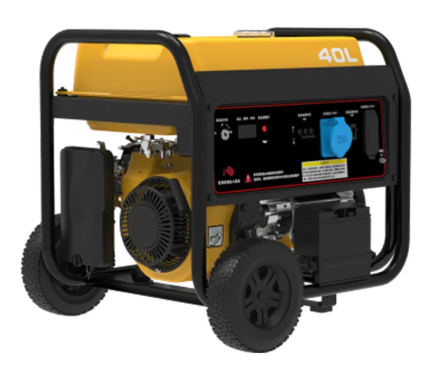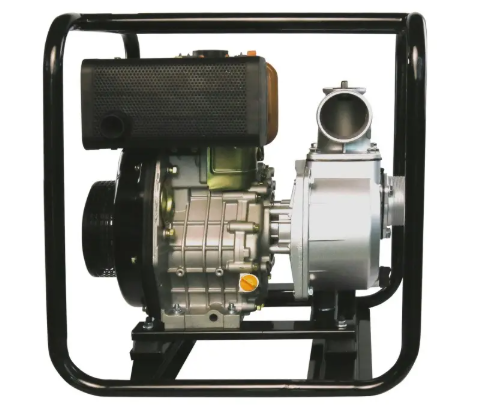electric power distribution and transmission
Electric power distribution and transmission represents the vital infrastructure that delivers electricity from generation facilities to end users. This complex system consists of high voltage transmission lines, substations, transformers, and distribution networks that work in harmony to ensure reliable power delivery. The main function of transmission systems is to transport bulk electrical power over long distances efficiently, typically operating at voltages between 69kV and 765kV. Distribution networks then step down these high voltages through transformers to usable levels for homes and businesses. Modern power distribution systems incorporate advanced technologies such as smart grids, SCADA systems, and automated switching equipment to optimize power flow and minimize losses. These systems utilize sophisticated monitoring equipment to maintain voltage stability, manage load balancing, and quickly respond to outages. The infrastructure includes both overhead lines supported by towers and underground cables, each chosen based on environmental factors, population density, and reliability requirements. Real-time monitoring and control systems enable operators to maintain system stability, respond to emergencies, and implement preventive maintenance protocols. This comprehensive network ensures consistent power quality while accommodating varying demand patterns and integrating renewable energy sources into the existing grid infrastructure.


